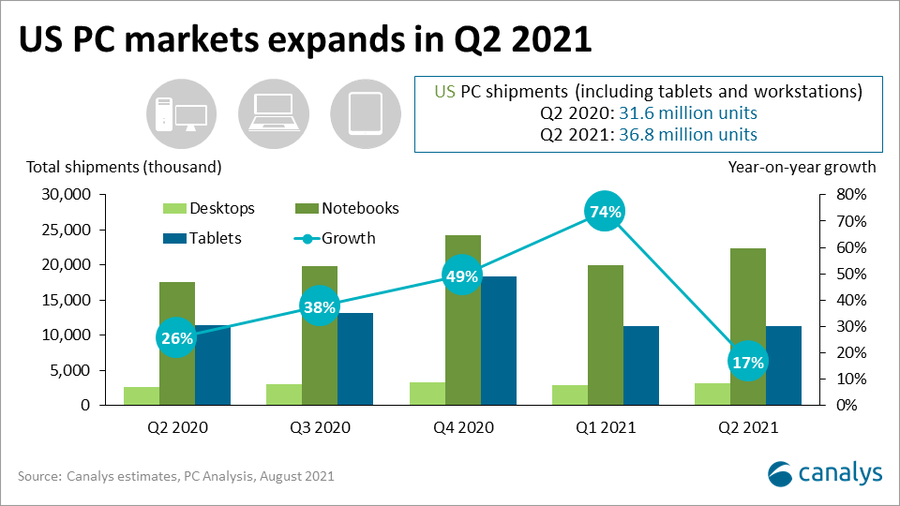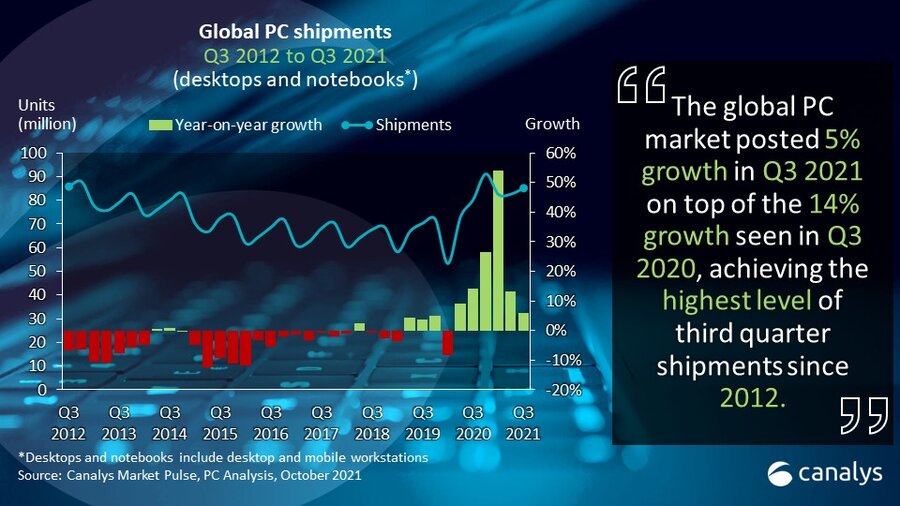15% of new cars sold worldwide in 2025 will be autonomous vehicles
Palo Alto, Shanghai, Singapore and Reading (UK) – Wednesday, 7 December 2016
Canalys forecasts that in 2025, 15% of new passenger car sales worldwide will be autonomous vehicles, with either conditional or full autonomy (level 3 or level 4) capabilities. The automotive industry and many technology companies are working toward a future of autonomous vehicles. But it will take a huge effort from where the industry is today. Canalys estimates that only 1.3% of cars sold in 2016 will offer partial autonomy (level 2) and the only cars with conditional or full autonomy in 2016 are for research and development purposes or being used in small public trials.

‘The few cars available in 2016 with level 2 autonomy come from premium car brands, and typically the functionality is an optional rather than standard feature,’ said Canalys Analyst Joe Kempton. ‘Autopilot from Tesla, Pilot Assist from Volvo, Intelligent Drive from Mercedes-Benz, and Traffic Jam Assist from Audi and BMW are the leading examples of level 2 autonomy solutions.’
‘The functionality has taken far too long to reach the market in volume, reflecting the slow pace of innovation and the high level of conservatism in the regulation-bound automotive industry,’ said Mo Jia, Research Analyst at Canalys. ‘But things are changing: most automotive OEMs have announced launch plans for autonomous vehicles, with Tesla leading the way. Tesla has forced other OEMs to adjust their strategies, increase investment and set more aggressive roadmaps. Major technology companies see automotive as a massive opportunity too.’

Chris Jones, Chief Analyst at Canalys covering the automotive sector, described Canalys’ vision of the future: ‘For the first few years of autonomous driving, vehicles will have hybrid autonomy – switching between levels of autonomy depending on the driving environment, the type of road, the speed of traffic or mood of the “driver”. Full autonomy, which does not necessarily need the human driver, will be possible on pre-defined stretches of road, specific lanes of a freeway, zones of a city, campuses or autonomous vehicle-only car parks. Human “drivers” will choose what mode to use and the journey could, but doesn’t have to, involve a mix of human and machine driving. In full autonomous mode, the vehicles could simply drop off passengers at their destination and drive themselves away to less congested areas to park, or make themselves available to be hailed as a shared transport service.’
‘The growth of shared transport services and the development of new autonomous driving technologies will herald a seismic shift in the industry. How we own, use and interact with cars is already changing,’ said Jones. ‘Young people are not rushing out to get a driving license - there are other ways to get around. Car sales will peak and start to decrease in major markets in the next few years.’
‘There are several key factors for an autonomous future,’ said Kempton. ‘Regulators must embrace the new technology and work with automotive OEMs to help ease the transition onto our roads. The required technology should not dramatically affect the cost of the vehicle. Sensors, such as lidar, must get smaller and cheaper. The public must trust the systems and their capabilities must be well communicated. Urban planning will need rethinking to allow for an autonomous future, which would ease and ultimately eliminate congestion and increase safety on the roads.’
The complete ‘Levels of autonomy’ forecast and forecast assumptions is published in the Canalys Autonomous Vehicles Analysis continuous information service. For more information, or to speak to an analyst, please contact info@canalys.com.
Canalys is an independent analyst company that strives to guide clients on the future of the technology industry and to think beyond the business models of the past. We deliver smart market insights to IT, channel and service provider professionals around the world. Our customer-driven analysis and consulting services empower businesses to make informed decisions and generate sales. We stake our reputation on the quality of our data, our innovative use of technology and our high level of customer service.
To receive press releases directly, or for more information about our events, services or custom research and consulting capabilities, please complete the contact form on our web site.
Alternatively, you can e-mail press@canalys.com or call +1 650 681 4488 (Palo Alto, California, USA), +65 6671 9399 (Singapore), +86 21 2225 2888 (Shanghai, China) or +44 118 984 0520 (Reading, UK).



